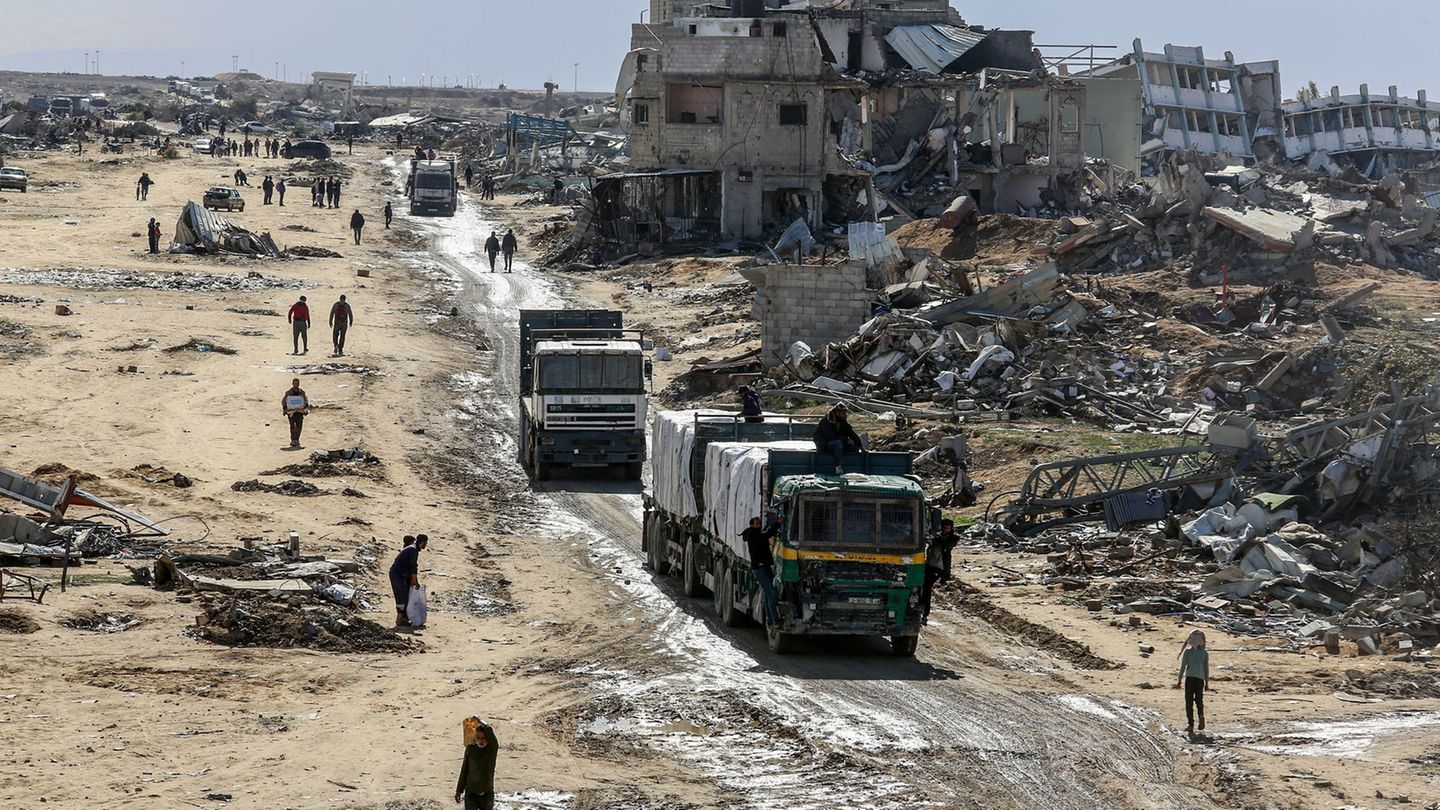Key 1: seasonality
One of the main variables they mention is the seasonalsince January is usually a month of low demand for pesos and the search for coverage, as well as the purchase of dollars for tourism purposes.
This is what the Eco Go Lucio economist maintains, Garay Mendezwho argues that “the vacation season It is influencing generating bullish pressure.” Many Argentines who decide to travel abroad on their summer vacations are going to buy blue dollars because they have very restricted access to the official and financial exchange rates and also because it was convenient with respect to the qatar dollarwhich is the dollar card that is paid once more than $300 in expenses. That exchange rate closed above $379 on average this Tuesday.
“Although, now, closed the gap with the blueUntil now, the illegal dollar was more convenient than Qatar and that explains part of the rise,” says Garay Méndez. And, in the same sense, the economist Jorge Nero, He points out that “the price of that card dollar puts a ceiling on the blue and was the reference that it was still cheap.”
Dollar Blue.jpg
The official exchange rate has a rate of devaluation controlled by the BCRA.
Courtesy: Chamber of Tourism of Mendoza
Thus, he anticipates that, although he is now reaching it, it is difficult that, in the short term, the Dolar blue surpass Qatar and believes that the blue is likely to remain around these values: below or equal to the Qatar dollar, in the coming weeks. Although, of course, this is not a certain science and blue is very unstable, so it is likely that it will surpass it by a few pesos at some point and then settle again.
Key 2: dollar card for foreigners
Another influencing element, according to Neyro, is the implementation of the dollar card for foreigners. Let us remember that the BCRA allows credit cards to take the price of the MEP dollar to settle purchases made with international cards from non-residents in the country.
“That makes tourists prefer spend with cards instead of going to blue as they had been doing before the measure. Therefore, now the blue market has less supply, which also favored the rise in recent days”, clarifies Garay Méndez in this regard.
the same comment Alejandro Giacoiafrom Econviews, who maintains that, “since tourists can pay with a card at a exchange rate equivalent to the MEP, the offer in the blue dropped a lot ”. And he points out that this is added to the fact that Argentines who travel abroad buy blue dollars before traveling: “then, the combination of less supply and more demand caused it to rise.”
Key 3: pressure from other exchange rates and drought
Meanwhile, the economist Pablo Ferrari mentions a new element, which is the fact that “in the last month, almost all exchange rates have risen.” He points out that financial dollars and blues tend to arbitrage each other. “Therefore, there is an upward trend in all alt dollars at once,” he says.
And he also adds that the evolution of the official exchange rate, the crawling peg carried by the BCRAand that at the moment it is placing it around 5%, “it will go in an upward direction”, which makes the market expect an upward trend for the dollar.
The drought is another item that is driving alt dollars up. On the one hand, due to the uncertainty generated for the productive sectors by the bad conditions of the current year, which makes many go to the dollar as a refuge. Likewise, this generates a certain negative perspective regarding how the BCRA reserves will evolve, which also pushes the exchange market upwards.
Thus, according to Ferrari, the devaluation pressure of the market also sticks its tail. “The Dolar blue it is small, but influential, especially in the expectations and the mood of the City. I believe that the blue motorizes this dynamic and spikes to generate a greater gap and demonstrate that there is a backward official exchange rate ”, points out Ferrari.
Key 4: the monetary issue
Meanwhile, for the economist Christian Buteler, “the main element that is making the dollar rise is the broadcast that was in decembermainly due to the implementation of the soybean dollar”. He details that $1.2 trillion were issued last month, the last of 2022, and, in his opinion, a large part of those pesos end up putting pressure on the exchange rate, that is, they go to the dollar.
And it is that he points out that, if the other variables are looked at, “they are not better, but they did not get worse either”. In this regard, he details that inflation moderated, although in December it was slightly above the previous month, but this is because it is usually a more inflationary month and the difference with November was very small (5.1% against 4. 9%). Meanwhile, “bond rates have loosened a bit and the Survey of Market Expectations (REM) also improved its forecasts.
Thus, he assures that the only thing he observes that worsened at the macro level is that excess of pesos, although he acknowledges that this “added to a greater demand for vacations.”
Key 5: the search for coverage
And finally, the economist and director of CyT Asesores Económicos, Maria Castiglionipoints out “the greater amount of pesos in the economy makes the dollar tend to rise, but this is related to the fact that the dollar is usually a refuge asset for a large part of Argentines”.
He points out that, although there is a greater demand for pesos towards the end of the year, as happened in December, the number of pesos issued in that month was greater than what was required. “Although the government said that it was not going to issue more pesos, the soybean dollar 2 it injected an excess into the economy”, says Castiglioni.
This, at a stage that is usually a search for coverage, such as the beginning of the year, may be putting pressure on the Dolar blue. “When it begins to rise, many times, demand increases because the dollar is usually a refuge for Argentines, who seek to cover themselves at the beginning of the year, especially when electoral, given the lack of certainty about what will come in terms of inflation, exchange rate and politics”, affirms the economist. However, she anticipates that with it being such an unstable market, there may be ups and downs going forward.
Source: Ambito
I am a 24-year-old writer and journalist who has been working in the news industry for the past two years. I write primarily about market news, so if you’re looking for insights into what’s going on in the stock market or economic indicators, you’ve come to the right place. I also dabble in writing articles on lifestyle trends and pop culture news.




